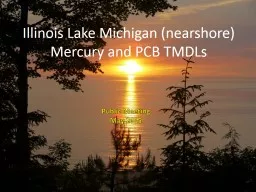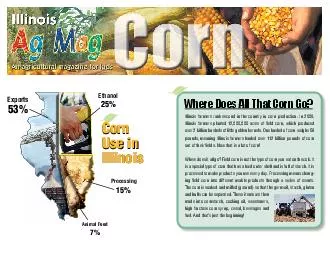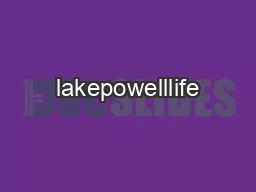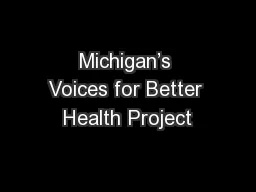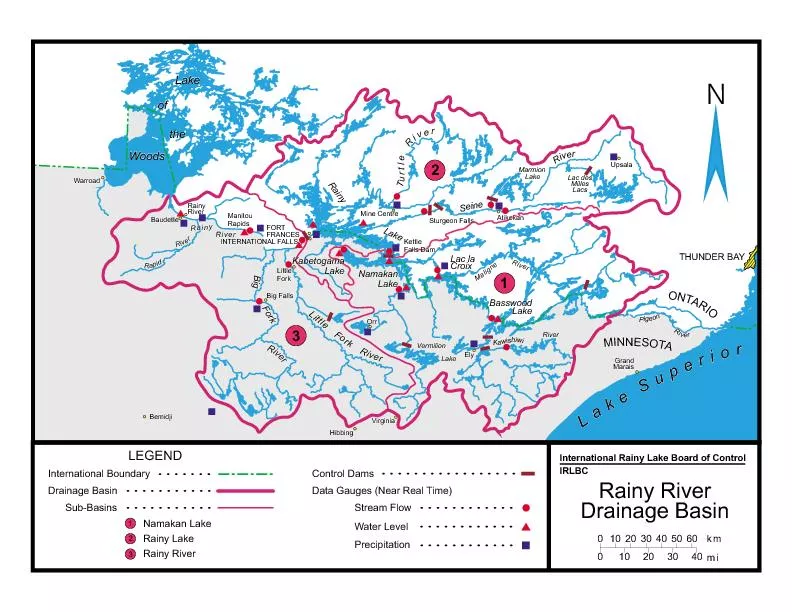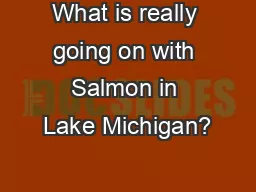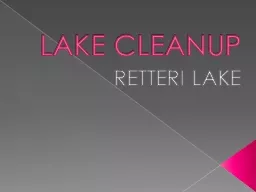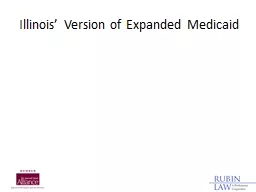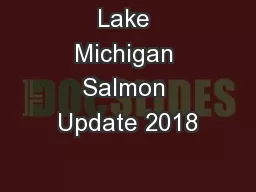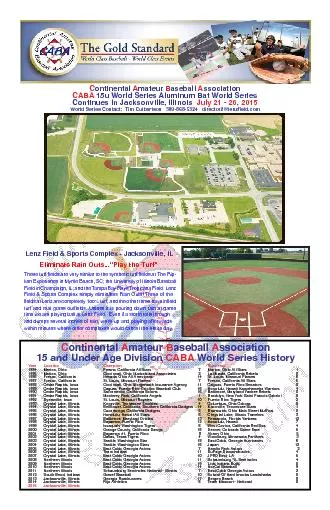PPT-Illinois Lake Michigan (
Author : conchita-marotz | Published Date : 2019-06-27
nearshore Mercury and PCB TMDLs Public Meeting May 2015 Outline Project study area Overview of mercury and PCB impairments Overview of TMDL Scoping Report Receive
Presentation Embed Code
Download Presentation
Download Presentation The PPT/PDF document "Illinois Lake Michigan (" is the property of its rightful owner. Permission is granted to download and print the materials on this website for personal, non-commercial use only, and to display it on your personal computer provided you do not modify the materials and that you retain all copyright notices contained in the materials. By downloading content from our website, you accept the terms of this agreement.
Illinois Lake Michigan (: Transcript
Download Rules Of Document
"Illinois Lake Michigan ("The content belongs to its owner. You may download and print it for personal use, without modification, and keep all copyright notices. By downloading, you agree to these terms.
Related Documents

